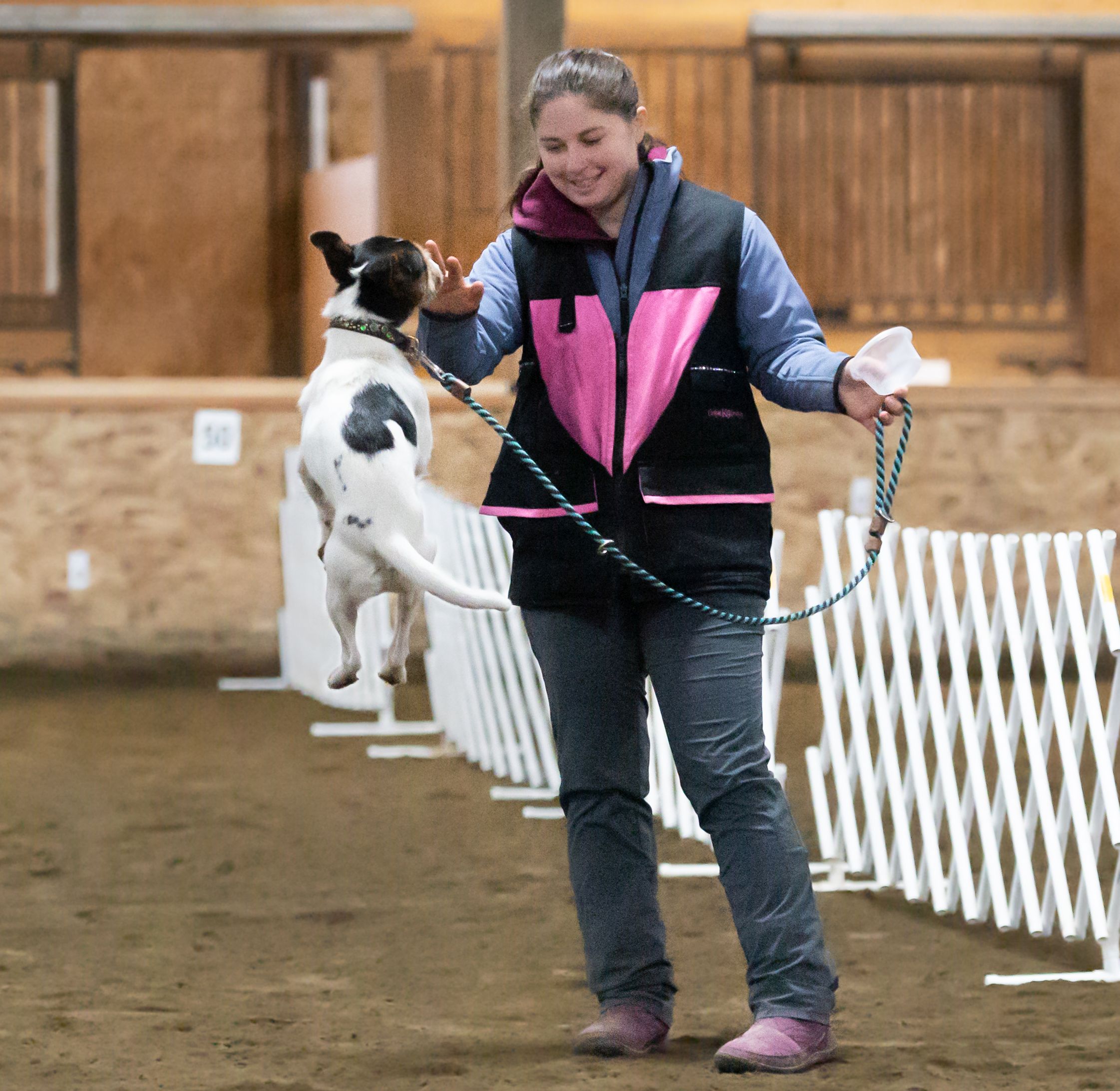Course Details
This class is for building a clear and confident running aframe performance. Regardless of your skill level, this class is for building a clear and confident running aframe performance. Regardless of your dog’s aframe experience, you will have the step-by-step process for teaching your dog how to adjust their strides and hit the contact-area consistently. Right from the start, you will add distractions and proofing layers to the behavior, ensuring that your dog can maintain their criteria no matter what the handler is doing.
In this class, we will use a PVC box as a target. Focusing on the dog's ability to maintain criteria in a variety of situations before going to the aframe will allow for a smoother transition to the actual obstacle, with a higher success rate. Students may also use a mat for the target. There is a slight difference in striding patterns when using a box vs a mat that can be discussed as needed.
Teaching Approach
Lectures are released in one chunk at the beginning of the week. Lectures include written instructions, diagrams, and short demonstration videos. Demonstration videos are of actual training sessions, so sometimes things don’t go according to the script. It is important for students to be able to take the lecture assignments, along with trouble shooting tips, and make adjustments in their training that their individual team needs, since every scenario cannot be covered in lecture or demo material. Megan is direct in her feedback. “Keep doing this. Change this. Give this a try.” This training process is very step-by-step and should be followed pretty closely by each team, only making slight adjustments as needed. Steps shouldn’t be skipped as they all serve a specific purpose in the program.
This class will have a Teacher's Assistant (TA) available in the Facebook study group to help the bronze and silver students! Directions for joining that Facebook group will be in the classroom after you register.
 Instructor: Megan Foster
Instructor: Megan FosterMegan (she/her) has been involved in the dog sport world nearly her entire life. Though her family did compete in obedience, agility was Megan’s passion right from the start. With over 20 years experience, she has competed with a variety of dogs...(Click here for full bio and to view Megan's upcoming courses)


